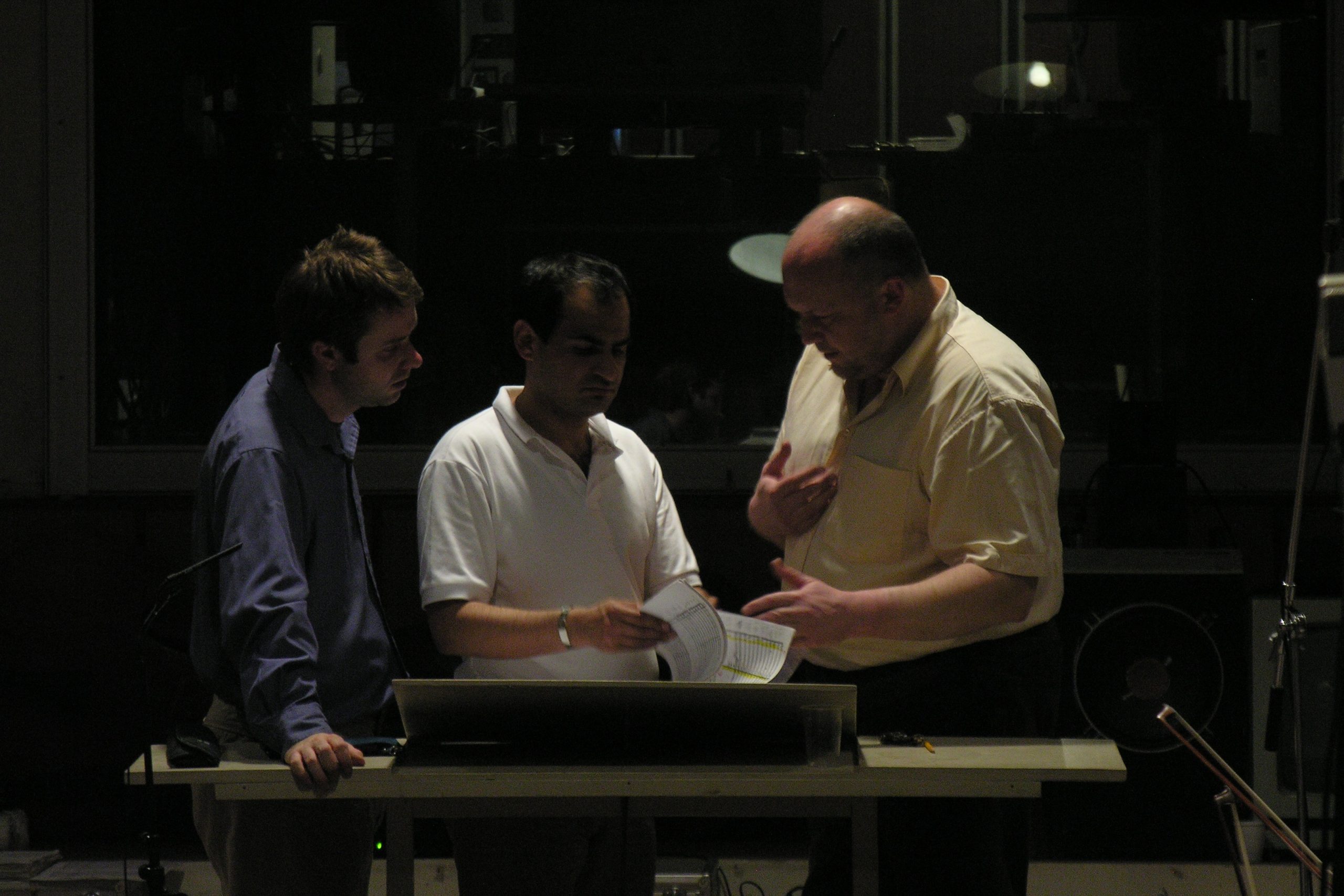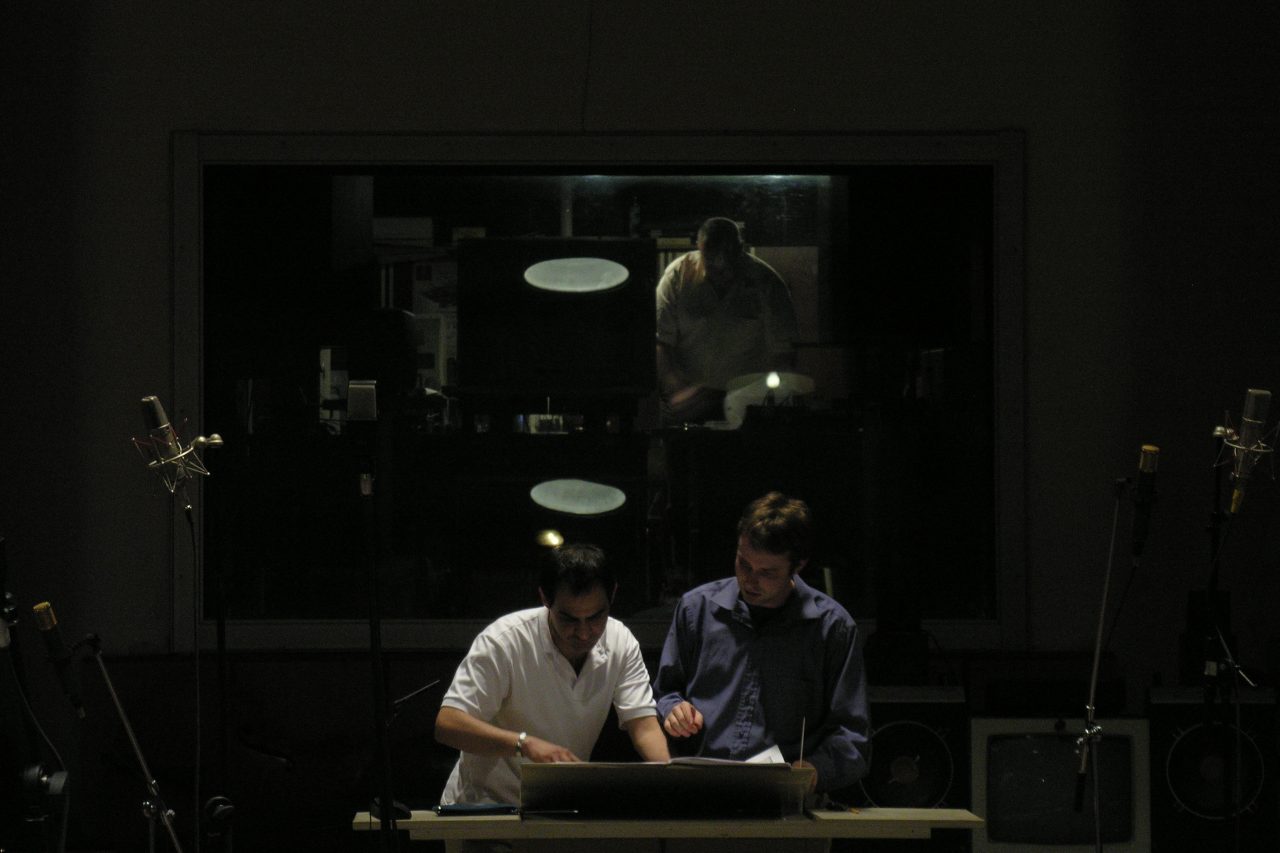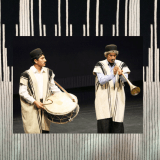
[dropcap]S[/dropcap]ymphony of Monody is based on regional music material of Lorestan – specifically the Khosro-Shirin (Sangin Samâ). The Symphony is in one movement, with what can be called a sonata-cycle form while, at the same time, adhering to the multi movement structure of a more traditional symphony through its embedded internal structure, including an expanded development and intensive variation.
The Symphony begins and ends on a single axis – with a solo voice in the clarinet – carrying with it a strong philosophic significance for eastern mentality.
The theme is taken from Khosrow and Shirin and was transcribed by Hosseini from a recording by the folklorist Mirza Moradi. At the beginning it is presented as solo voice, but then rapidly develops with different variations and mixing polymagam sound structures, heterophony and vakhan – a unique musical configuration found in the Persian instrumental tradition – bringing to a conclusion the Symphony’s exposition.
On the whole, the composer has endeavored to reveal the importance of multi sound forms used in eastern music as well as the rich heritage of regional music – all within a mono-thematic symphonic design – as a testimony to the Persian musical character and spirit.
This collection is the result of, and inspired by, research into the astonishing variety of regional folk music to be found across Persia (Iran), and particularly into the structure of magham music.
Throughout Persia the culture of regional folk music, from the point of view of composition, owes much of its specific character and purity to the relationship between notation, improvisation and the very specific usage of melody and rhythm. Without a doubt, this also directly affects the internal structure of this type of music.
The most common belief surrounding Persian music is that it is based on the modal system. However, some problems with this opinion present themselves on closer examination of the functional organisation and sound material of the music itself. At the heart of the matter in the music on this recording is the question of how Persian regional music relates to a monodic structure that can be perceived as both functional within itself, and simultaneously connecting to modal and macro/micro tonal systems. But ultimately, these works can be generally understood as experimental compositions proposing a new view towards the regional music Persia.
− Timothy Dunne



